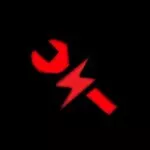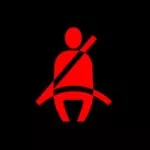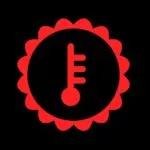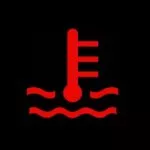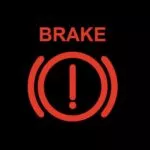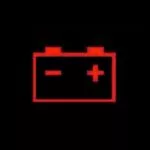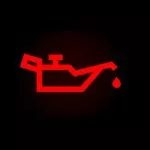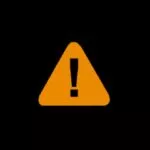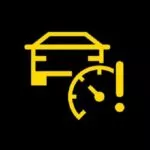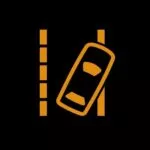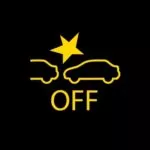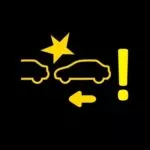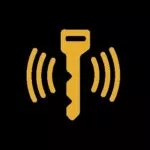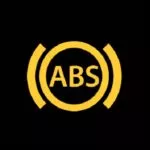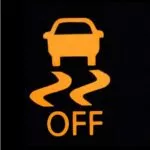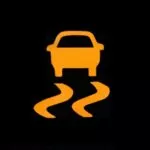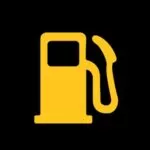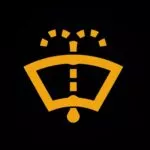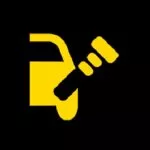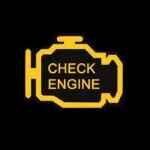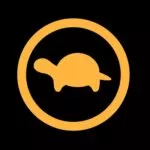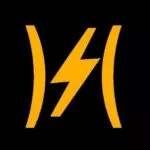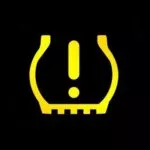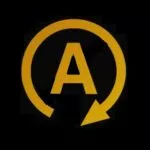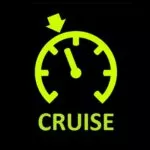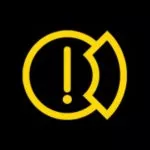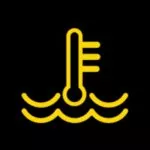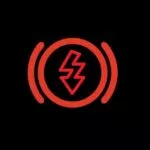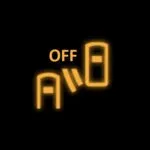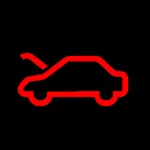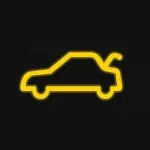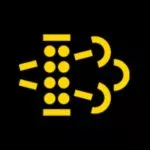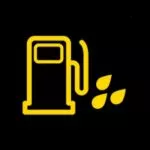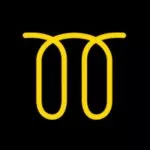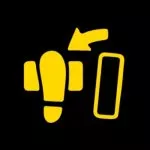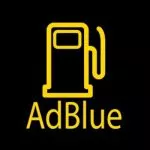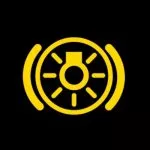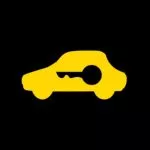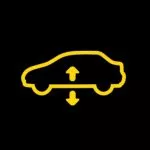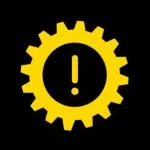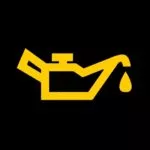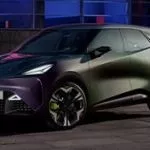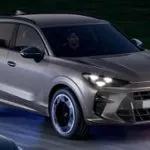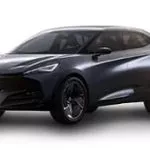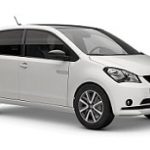SEAT Tarraco Warning Lights
The Most Common SEAT Tarraco Symbols
These are the most common dashboard symbols that you will see in your SEAT Tarraco. Click on one to see more information or scroll further down to see the link to the owner's manual where you can find even more symbols.
Can't see the warning light you are looking for? Check the official manual:
View Owner's Manual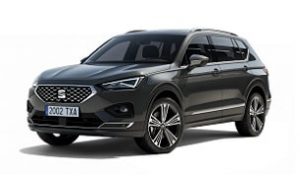
- Manufacturer: SEAT
- Data Source: Owner's Manual
About the Tarraco
SEAT’s flagship SUV, the Tarraco was built upon the Volkswagen MQB-A2 platform. Taking its name from the North Eastern Spanish Province of Tarragona, the Tarraco was built on the Volkswagen MQB-A2 platform (sharing it with the Tiguan Allspace and Skoda Kodiaq).
Names inspired by Spanish towns are a common trend amongst SEAT models, the SEAT Altea was an incredibly popular vehicle inspired by the hilly town of Altea on the Cost Blanca just north of Alicante.
Manufactured in Wolfsburg in Germany, the first Tarraco debuted at the 2018 Paris Motor Show following a public vote on the nameplate (options included Teide, Tarifa, Aran, Aldoran and Abrera, in total 9 towns were considered).
Initially, the Tarraco was set to be released earlier than the date that it was, this was due to the Catalonia bid for independence that caused havoc in the country at the time. Not surprisingly, when the Tarraco was released, it was first done so at Tarragona and shared the same mechanical makeup as the Volkswagen Tiguan and again, Kodiaq.
After the discontinuation of the Alhambra, the Tarraco was the only 7-seated vehicle SEAT had in their range.
The trim levels included SE, SE Technology, XCELLENCE LUX and XCELLENCE. A few engine variants were available, 2 four-cylinder petrol engines, one 1.5-liter 148 hp and 2-liter 187 hp. The 1.5-liter was coupled with a 6-speed manual gearbox and front-wheel drive, and the 2-liter had a 7-speed automatic four-wheel drive configuration.
This SEAT Tarraco scored 5 stars on the Euro NCAP safety test, achieving an extremely high 97% for adult safety, 84 % for child safety and 79% for pedestrian safety.
